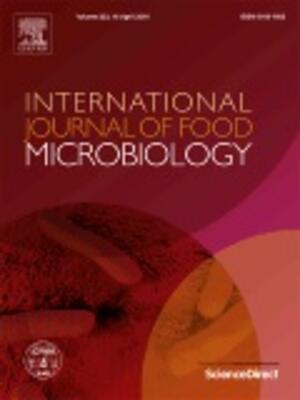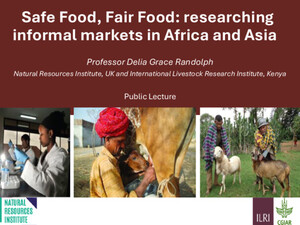
Beyond milk, meat, and eggs: Role of livestock in food and nutrition security
Abstract
Implications • Livestock contribute to food supply by converting low-value materials, inedible or unpalatable for people, into milk, meat, and eggs; livestock also decrease food supply by competing with people for food, especially grains fed to pigs and poultry. Currently, livestock supply 13% of energy to the world’s diet but consume one-half the world’s production of grains to do so. • However, livestock directly contribute to nutrition security. Milk, meat, and eggs, the “animal-source foods,” though expensive sources of energy, are one of the best sources of high quality protein and micronutrients that are essential for normal development and good health. But poor people tend to sell rather than consume the animal-source foods that they produce. • The contribution of livestock to food, distinguished from nutrition security among the poor, is mostly indirect: sales of animals or produce, demand for which is rapidly growing, can provide cash for the purchase of staple foods, and provision of manure, draft power, and income for purchase of farm inputs can boost sustainable crop production in mixed crop-livestock systems. • Livestock have the potential to be transformative: by enhancing food and nutrition security, and providing income to pay for education and other needs, livestock can enable poor children to develop into healthy, well-educated, productive adults. The challenge is how to manage complex trade-offs to enable livestock’s positive impacts to be realized while minimizing and mitigating negative ones, including threats to the health of people and the environment.
Citation
Smith, J.W., Sones, K., Grace, D., MacMillan, S., Tarawali, S. and Herrero, M. 2013. Beyond milk, meat, and eggs: Role of livestock in food and nutrition security. Animal Frontiers 3(1): 6-13









